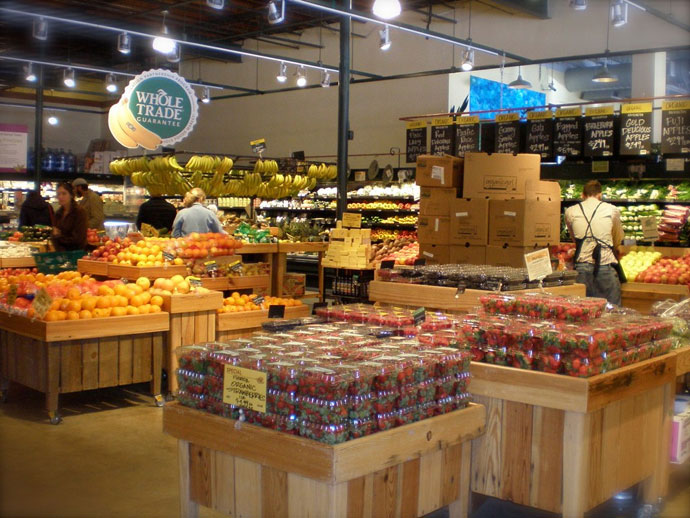Here’s Why World Food Prices Jumped In March

Image via Flickr/ mystuart
Food prices jumped to a high point not seen since May 2013, according to a report by the Food and Agricultural Organization (FAO) of the United Nations. The price index rose 2.3 percent overall in March, the FAO noted, as a result of tensions between the Ukraine and Russia over Crimea as well as a swath of bad weather worldwide.
In the FAO report, cereal prices and sugar prices rose the most among the food commodities the organization tracks on a monthly basis.
Cereal prices were up over 5 percent in March 2014 compared to February, which was the highest price point since August 2013. According to the FAO, the continuing drought in parts of the U.S. combined with bad weather in Brazil caused the rise in grain imports. Question marks surrounding availability of imports from Ukraine also made prices surge.
Sugar prices jumped 8 percent, which was blamed mostly on bad weather in Thailand and Brazil.
Despite the rise in food prices among all commodities except dairy, the stats from March were well below the prices registered in March 2013, when cereal prices were 14 percent higher.
Is the world headed back to a time when geopolitical alliances determine the path food travels around the world, and thus the cost of commodities? According to one U.N. economist, that precisely what’s happening.
“Political tensions of the sort we see today have the risk of taking us back to a Cold War situation,” the FAO’s Abdolreza Abbassian told Reuters. Abbassian said that countries could choose where to buy grain and other staples according to how they align politically.
International wrangling among politicians always has its costs for consumers of every nationality. The “cost of doing business” in the political arena reflects these changes in every sale of grain. For those who support the expansion of human rights worldwide, it’s likely well worth the sacrifice.









































